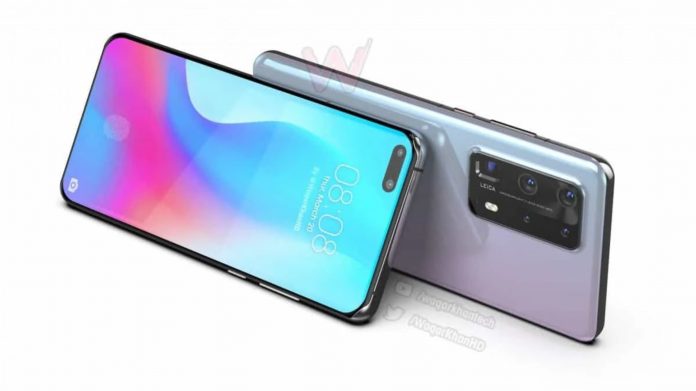With a little under a month until Huawei launches its next photographic powerhouse smartphone, we’re starting to learn more about the upcoming phone. Just this week, Huawei consumer CEO Richard Yu shared that the Huawei P40 series would launch in Paris later in March, calling it the world’s most powerful 5G flagship.
While that may be so, with the cloud of Google’s Mobile Services (or rather, the lack of those) Huawei will be facing an up-hill battle to make the P40 series a commercial success outside China and other eastern markets.
One of the ways Huawei will aim to capture consumer attention is with a huge 52MP main camera, and 120Hz display technology which is all the range in a number of other smartphones at present.
According to GizChina, the new Huawei P40 series will be powered by the latest Huawei 990 5G chipset and the newest build of Huawei Mobile Services (HMS), but this really isn’t all that surprising. What’s new is the inclusion of a 1/1.3-inch camera at 52MP resolution, a 40MP film / video lens and a periscope lens that supports greater zoom. The fourth lens will be a ToF (Time of Flight) sensor for interesting depth effects.
One of the sauciest rumours is the use of a CMOS sensor with 16-in-1 pixel technology – which it’s not clear what this means in the context, it appears to be a reference to pixel-binning technology which makes for sensational low-light performance. We’ve seen phones launch recently with 9-to-1 pixel binning, but 16-to-1 will be brighter still.
A 120Hz screen feels du jure at the moment, but it will be interesting to see if Huawei has done something to improve battery performance here, as we know that 120Hz displays in other phones can be quite thirsty.
With a launch scheduled for late March, it won’t be long until we find out what’s in the P40 series and what the phones will be capable of. Even without Google’s mobile services, I want to see what Huawei can do and whether – if not in Australia necessarily – the P40 series can be the commercial success that the Mate 30 series kind of wasn’t.





The hardware sounds incredible, but this handset will sell, or not, on its software and access to popular apps. I’m struggling to see how Huawei can expect to sell many (any?) in Western markets.